Have you ever felt the soft padding of paws behind you, only to turn and find your cat gazing up at you with wide, curious eyes? If your feline friend has suddenly resumed following you, it’s enough to spark a whirlwind of questions—and maybe a flutter of excitement. Why now? What changed? For cat lovers, these moments feel like small mysteries wrapped in fur. Let’s unravel what it truly means when a cat starts shadowing your every move again.
Seeking Comfort and Security

Cats, despite their reputation for independence, crave comfort and security. When your cat follows you, it might be searching for reassurance. Changes in the environment, like new people or pets, can lead your cat to seek out your calming presence. Your familiar scent and voice help them feel grounded. Sometimes, even a subtle shift in your routine can make your cat latch onto you, almost as if you’re their life raft in a sea of uncertainty. You become their safe harbor, helping them navigate anything unfamiliar. Imagine being a child and reaching for a parent’s hand when entering a new place—that’s how your cat might feel in these moments. So, when you notice your cat trailing you, consider whether something has shifted in their world.
Rekindling the Bond

A cat that’s started following you again may be reaching out to strengthen the bond between you. Perhaps you’ve been away, busier than usual, or preoccupied. Cats notice these things, even if they pretend not to care. By following you, your cat is expressing a desire to reconnect. It’s their way of saying, “Hey, remember me?” This behavior can be heart-melting, as it’s often accompanied by gentle purring, head bumps, or winding around your legs. It’s a powerful reminder that the bond between a person and their cat is never static—it grows and changes, sometimes needing a little rekindling.
Curiosity and Exploration

Curiosity is woven into every cat’s DNA. When a cat resumes following you, it might simply be driven by an urge to explore the world through your actions. You are, after all, their main point of reference in the household. Watching you open doors, reach into cabinets, or even sit at your desk can be endlessly fascinating. To your cat, you’re the most interesting thing in their environment, a living, breathing puzzle. This behavior often ramps up when you bring home new items or change up the furniture. It’s as if your cat is saying, “Show me what’s new!” Their watchful eyes aren’t just cute—they’re a testament to their boundless curiosity.
Looking for Food or Treats

Let’s face it: cats are motivated by their stomachs more than they let on. If your cat starts following you again, it could be a subtle (or not-so-subtle) request for food, snacks, or treats. Maybe you’ve recently indulged them with a special bite, and now they’re hoping for a repeat performance. Cats quickly form associations, and if following you leads to tasty rewards, they’ll make it a habit. Watch for signs like vocalizing, rubbing against your legs near mealtime, or sitting by their food dish when you pass by. It’s their way of gently nudging you toward the pantry, using their charm as persuasion.
Displaying Affection
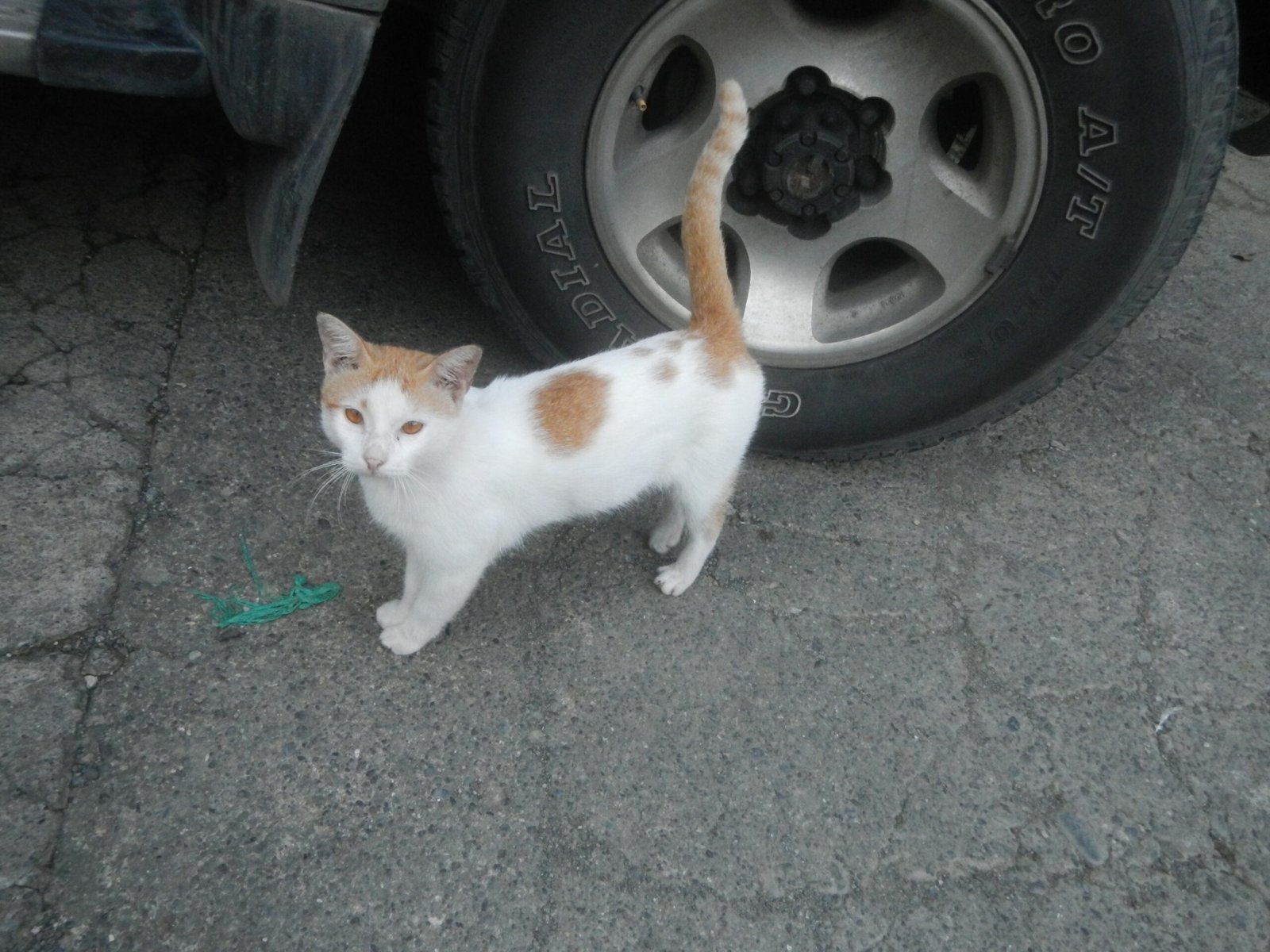
A cat that follows you is often showing affection in its own unique way. Unlike dogs that wag their tails, cats are a bit more subtle. Following you from room to room is their version of a love letter, written in paw prints. They may not always want to be petted or held, but staying close is their way of saying, “I like being near you.” This behavior can intensify after periods of separation, like returning from a vacation. It’s a heartfelt gesture, even if your cat keeps a few feet of distance. Affection, in the feline world, is all about presence and quiet companionship.
Marking Territory
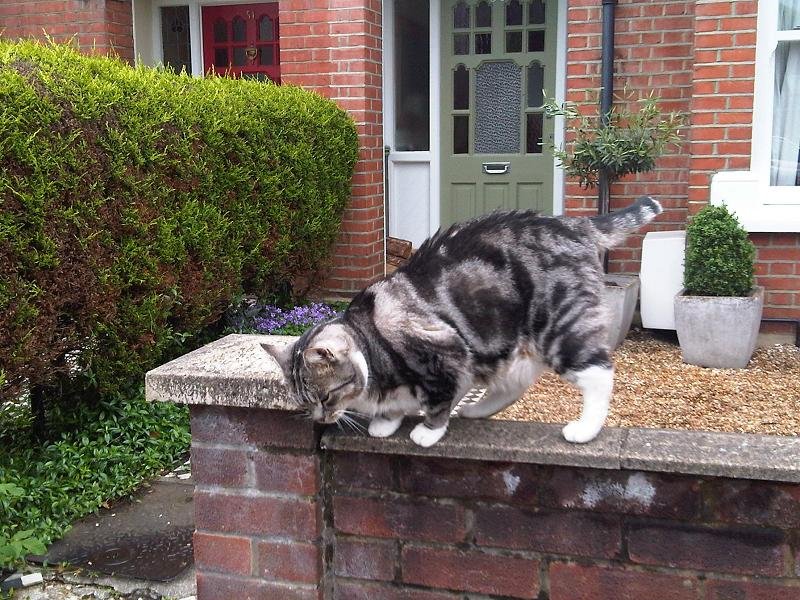
Believe it or not, when your cat follows you, it could be about marking their territory. Cats are territorial creatures, and by sticking close to you, they’re subtly claiming you as theirs. This may include rubbing against your legs, leaving their scent behind. It’s a blending of their world with yours, a sign of trust and ownership. In multi-pet households, this behavior can ramp up as your cat reasserts their role in your life. Think of it as their way of drawing an invisible line around you, declaring, “This human belongs to me.”
Responding to Changes in Routine
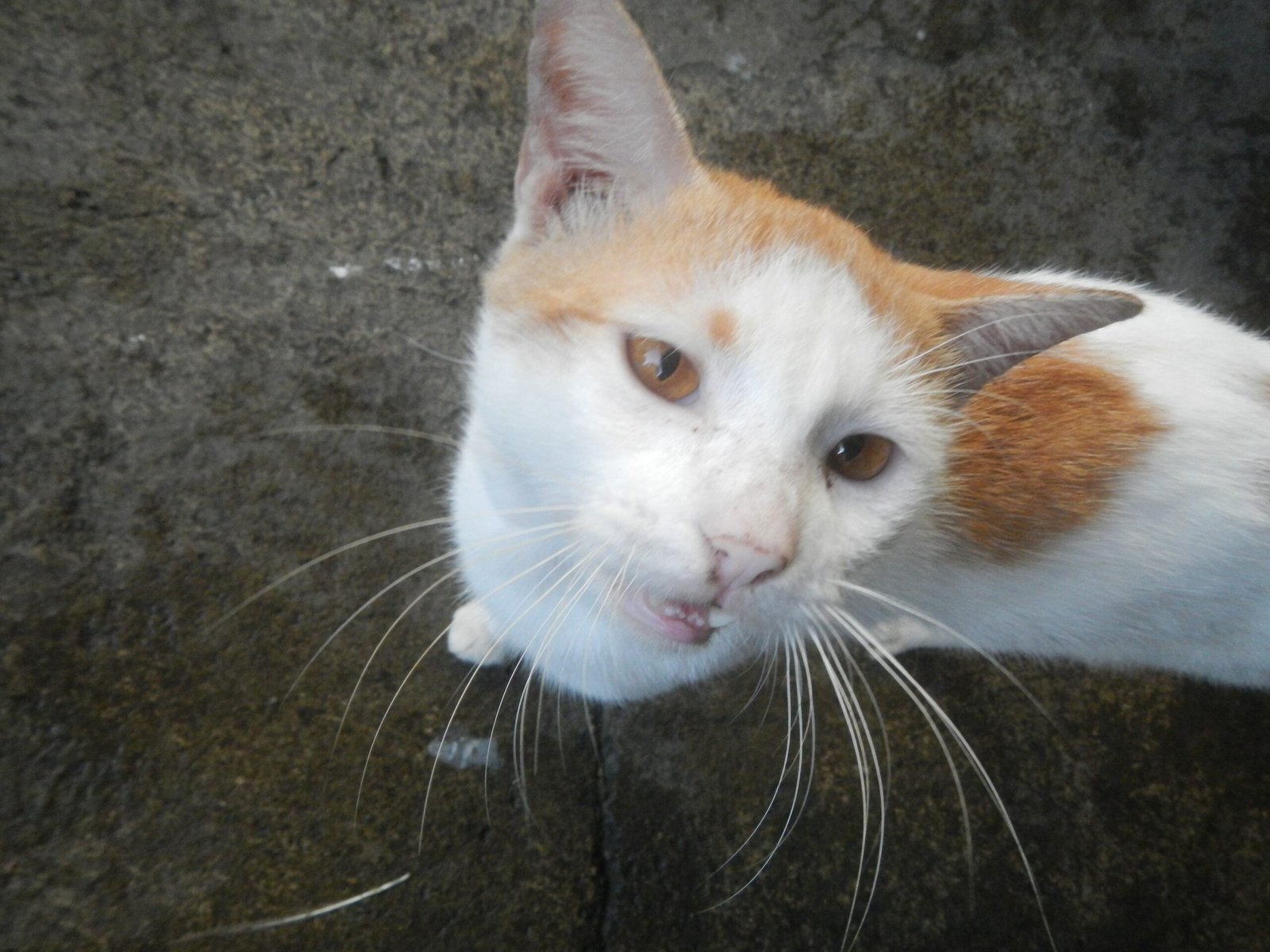
Cats are creatures of habit. When something in their day-to-day life changes, their behavior may shift as well. If you’ve changed your work schedule, brought home a new pet, or even rearranged the furniture, your cat might start following you for reassurance. They’re searching for stability in a world that suddenly feels unpredictable. By sticking close, your cat is seeking cues from you on how to navigate these changes. They trust you to show them that everything is okay, relying on your routines to help them adjust.
Playfulness and Boredom
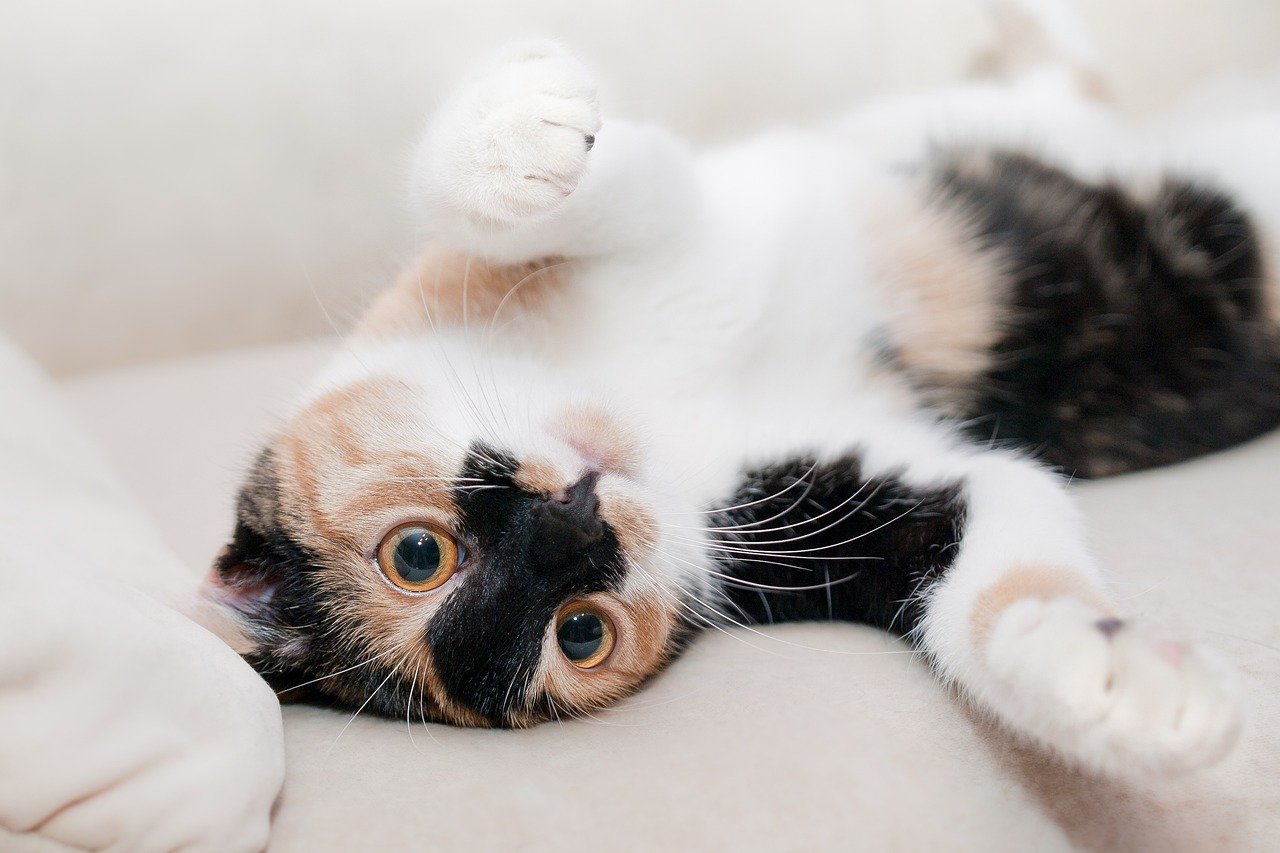
A bored cat is often a mischievous one. If your cat is following you more than usual, it might be a sign they’re craving play. Cats need stimulation, both mental and physical, to stay happy. When they trail behind you, it could be an invitation to engage—think of it as a playful challenge. Your cat may pounce on your feet, chase after you, or meow insistently. This is their way of saying, “Let’s have some fun!” Providing interactive toys or carving out time for play can help satisfy their need for excitement.
Seeking Attention and Interaction
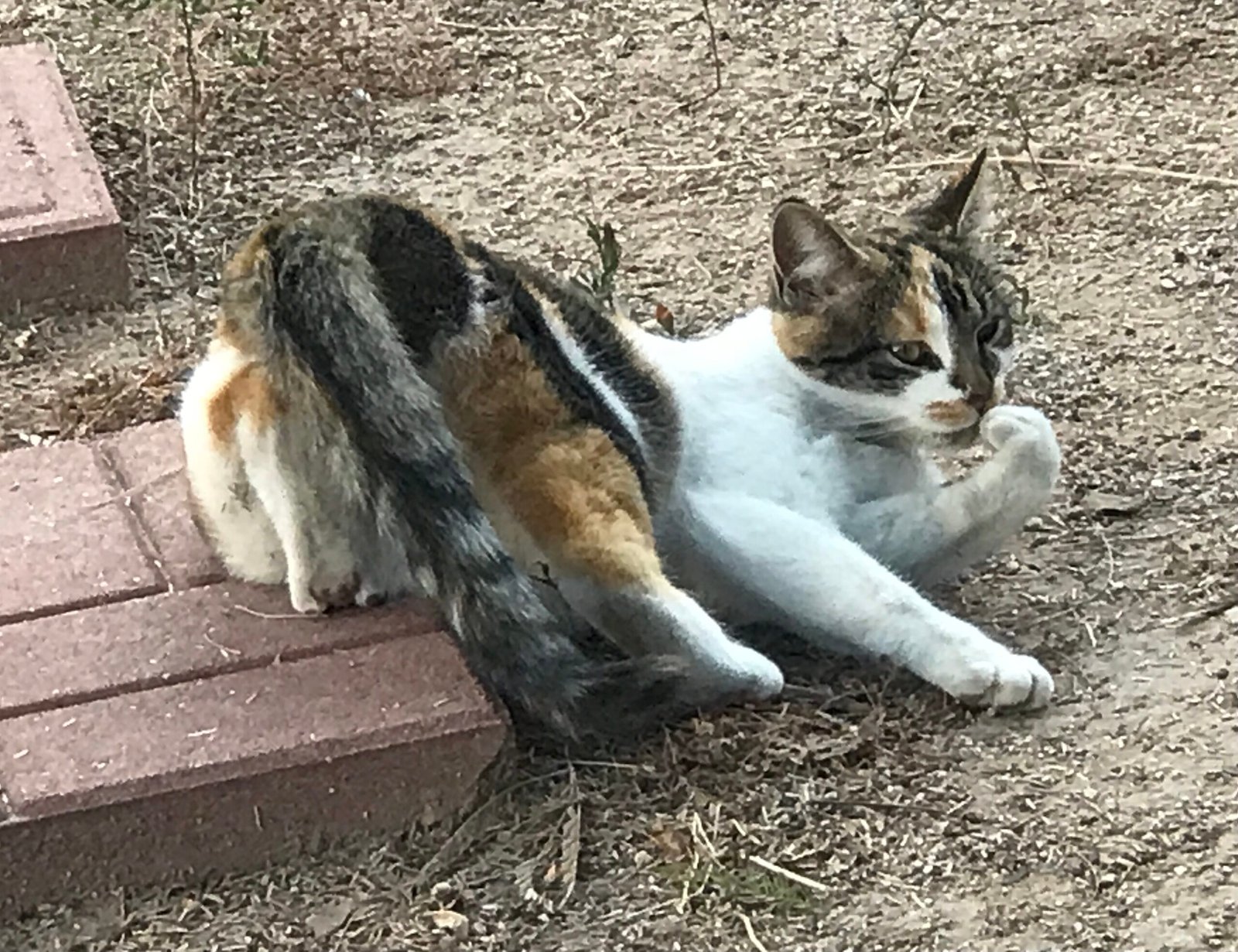
Every cat has its own way of asking for attention, but following you is one of the most direct. Whether they want to be petted, talked to, or simply noticed, this behavior is a gentle nudge for more interaction. Cats may rub against you, meow softly, or even stare at you with those big, soulful eyes. They’re hoping you’ll stop what you’re doing and focus on them, even if just for a moment. In a busy household, following you is a way for your cat to stand out and say, “Don’t forget about me!”
Signaling Health Concerns
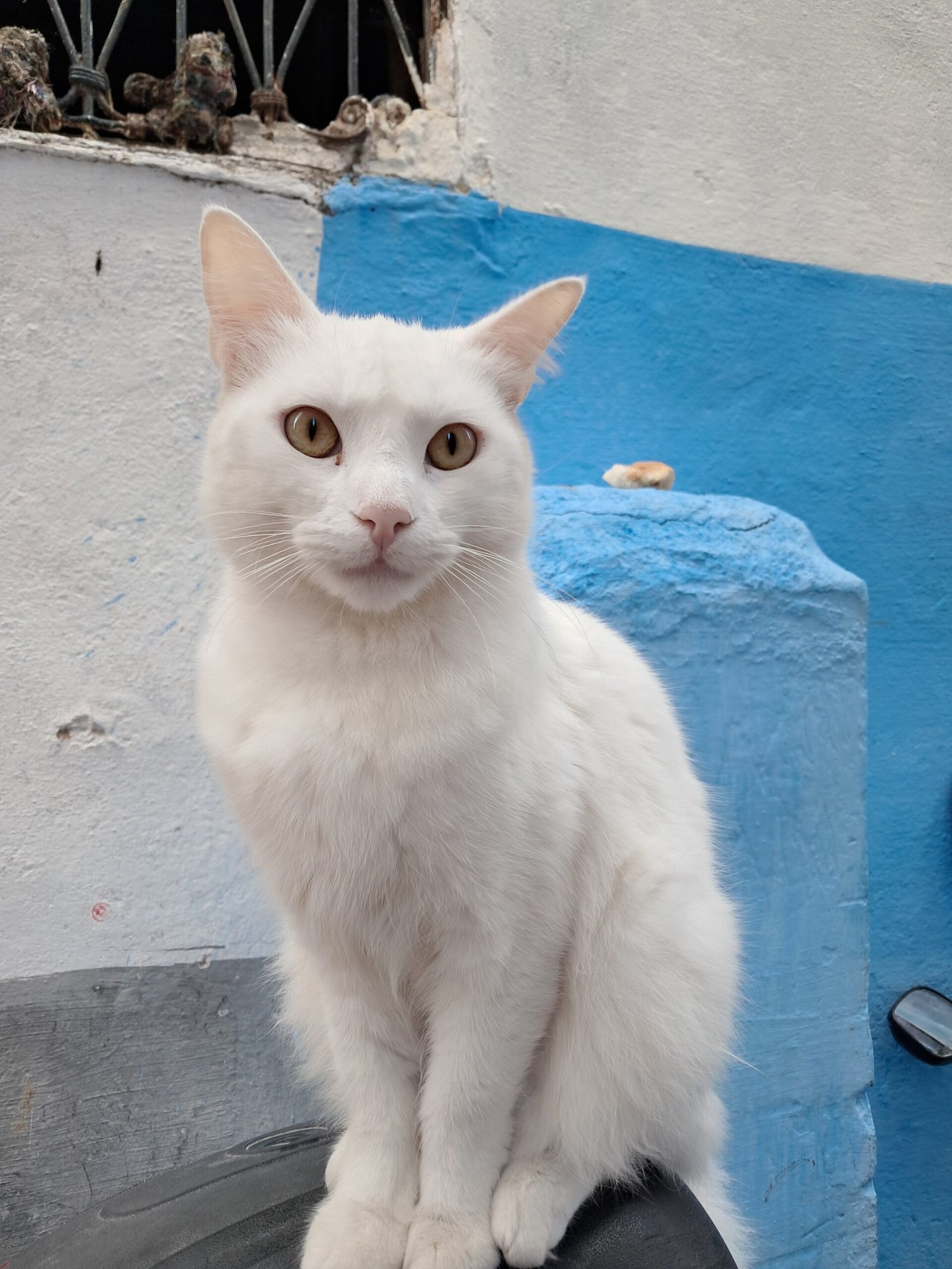
Sometimes, changes in a cat’s behavior can signal underlying health issues. If your cat suddenly starts following you closely, especially if it’s out of character, pay attention. They might be feeling unwell or anxious. Increased clinginess can be a sign of pain, discomfort, or cognitive changes, especially in older cats. Watch for other symptoms like changes in appetite, vocalization, or litter box habits. When in doubt, a visit to the vet can help rule out medical concerns and ensure your cat’s well-being.
Reacting to Stress or Anxiety

Stress and anxiety can cause a cat to become more attached to their favorite person. Loud noises, guests, or even conflicts with other pets can send a cat running for comfort. If your cat is suddenly following you again, consider whether something in their environment is causing distress. They may lean on you for emotional support, much like a child clinging to a parent during a thunderstorm. Your calm presence acts as a soothing balm, helping your cat weather whatever storm they’re facing.
Motherly or Protective Instincts

Some cats, especially females, may follow their owners due to motherly or protective instincts. This is often seen in cats that are particularly nurturing or have had kittens before. They may watch over you, keep close, and even try to “herd” you away from perceived dangers. It’s a touching display of feline guardianship, showing that your cat feels responsible for your safety. These instincts can be triggered by changes in the household or new people entering your life.
Loneliness or Separation Anxiety

Cats can experience loneliness and separation anxiety, just like people. If your cat starts following you more after you’ve spent time away, it’s likely they missed your company. This behavior can also emerge if there have been changes in the household, such as a family member moving out. Your cat is seeking to fill the void left by absence, using your presence as comfort. Increased following may be accompanied by vocalizations, excessive grooming, or changes in sleep patterns.
Age-Related Changes

As cats age, their behaviors can shift. Senior cats may follow you more closely due to declining senses or cognitive changes. They might feel less confident moving around alone or have trouble remembering their surroundings. Sticking close to you becomes a strategy for managing uncertainty. Your presence reassures them and helps mitigate confusion. If your older cat starts shadowing you, it’s a silent plea for guidance and security in their golden years.
Imitating Routine and Habits

Cats are master observers. Over time, they learn your habits and routines, often mirroring your actions. If you have a set pattern—waking up, making coffee, working at your desk—your cat may follow along, almost like a little assistant. This imitation is a sign of connection and curiosity. It’s their way of being part of your world, sharing in the rhythm of daily life. Sometimes, a cat’s following feels like a dance, with you leading and them keeping step.
Recognition and Trust

Trust is the foundation of any strong human-cat relationship. When your cat follows you, it’s a sign that they feel safe and secure in your presence. They recognize you not only as a source of food but as a companion, protector, and friend. This trust is hard-won and deeply meaningful. It’s built over countless interactions, quiet moments, and shared experiences. Your cat’s willingness to follow you is a badge of honor—proof that you’ve earned their respect and affection.
Scent and Familiarity

Cats rely heavily on scent to navigate their world. Your unique smell is a source of comfort and familiarity. When your cat follows you, they’re enveloped in a cloud of your scent, which helps them feel at ease. This is especially true in new or stressful environments. Your scent acts as a guiding star, leading them through uncertainty. In multi-person households, it’s not uncommon for a cat to choose one person to follow, drawn to the scent they find most reassuring.
Reacting to Seasonal Changes

Cats often adjust their behavior with the changing seasons. As daylight hours shift and temperatures fluctuate, your cat’s instincts may prompt them to seek more attention or reassurance. During colder months, they might follow you to find warmer spots or cozy up for extra warmth. In spring and summer, increased activity and household changes can spark curiosity, leading to more following. Observing these seasonal patterns can help you understand your cat’s shifting needs.
New Additions or Departures in the Home

Introducing a new pet, roommate, or even a baby can send a cat’s world into a spin. Likewise, the departure of a beloved family member can leave your cat feeling unsettled. Following you becomes a coping mechanism, a way to regain stability in a changed environment. Your cat may be looking for reassurance, approval, or simply trying to understand the new dynamics of the household. It’s a powerful reminder that cats are sensitive to changes in their social circle.
Personality and Individual Quirks

Every cat has its own personality, complete with quirks and preferences. Some cats are naturally more sociable and inclined to follow their humans, while others are independent. If your cat has started following you again, it might be a reflection of their personality shining through. Shy cats may take longer to warm up, but once they do, they can become devoted shadows. Understanding your cat’s unique temperament helps you appreciate these moments even more, making your bond all the sweeter.
Enjoyment of Your Company
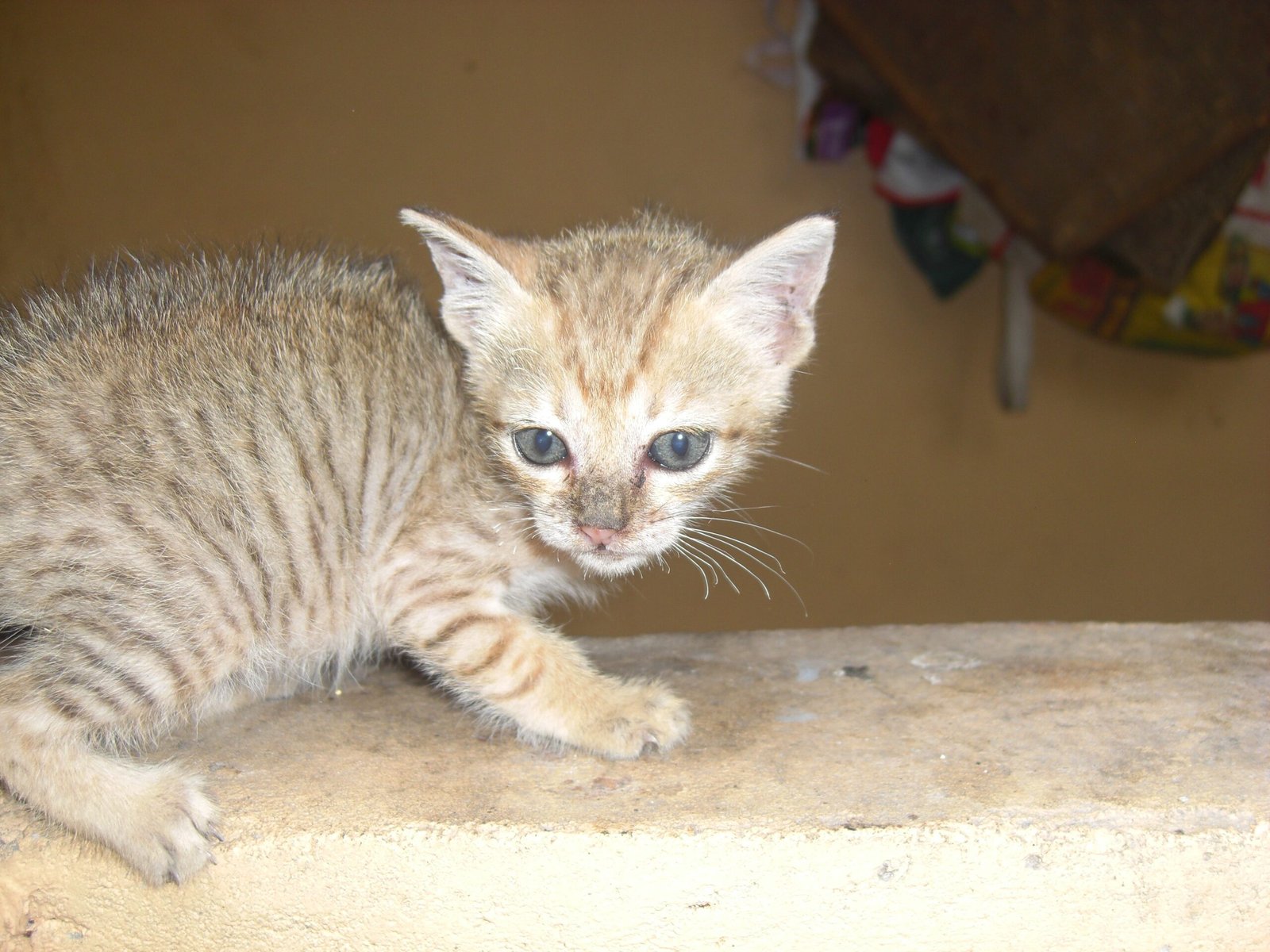
At the end of the day, sometimes the reason your cat follows you is beautifully simple—they just enjoy being with you. Your presence is comforting, entertaining, and familiar. Whether you’re reading a book, cooking dinner, or relaxing on the couch, your cat wants to be part of it all. This quiet companionship is at the heart of the human-cat relationship. When your cat starts following you again, it’s a gentle reminder that, in their eyes, you make every moment better.
What would you have guessed was the reason your cat started following you again?
Hi, I’m Bola, a passionate writer and creative strategist with a knack for crafting compelling content that educates, inspires, and connects. Over the years, I’ve honed my skills across various writing fields, including content creation, copywriting, online course development, and video scriptwriting.
When I’m not at my desk, you’ll find me exploring new ideas, reading books, or brainstorming creative ways to solve challenges. I believe that words have the power to transform, and I’m here to help you leverage that power for success.
Thanks for stopping by, Keep coming to this website to checkout new articles form me. You’d always love it!






